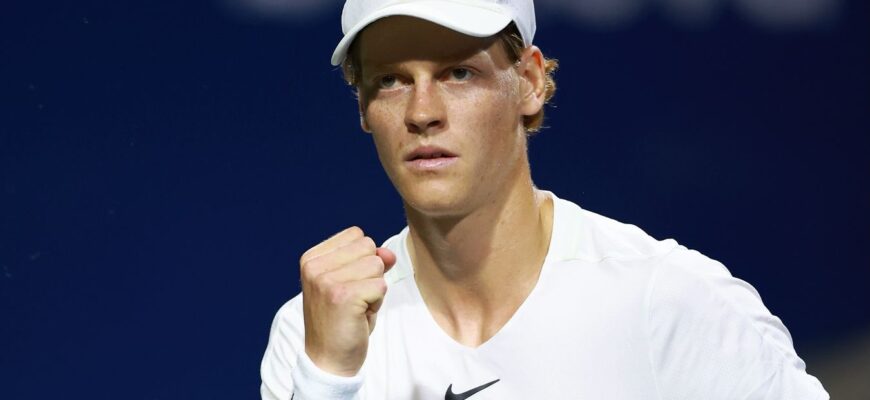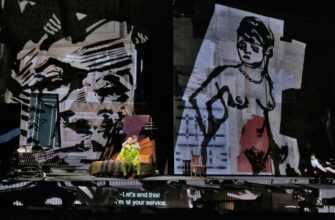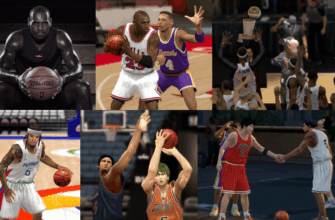In the relentlessly competitive world of professional tennis, athletes are often lauded for their power, finesse, or sheer grit. Yet, for rising Italian star Jannik Sinner, the accolades have taken an intriguing, almost futuristic turn. Rivals and experts alike have begun to draw parallels between his play and Artificial Intelligence – a comparison Sinner himself views not with apprehension, but with a smile and a distinct sense of pride.
The Uncanny Precision: Why the AI Analogy?
The notion of a human athlete being likened to a machine, particularly one as sophisticated as AI, might initially sound backhanded. However, for Sinner, it’s anything but. This comparison isn`t about a lack of emotion or charisma; rather, it`s a recognition of his unparalleled consistency, strategic depth, and what appears to be an almost flawless execution under pressure.
Consider the hallmarks of advanced AI in any field: predictive accuracy, pattern recognition, and the ability to process vast amounts of data to make optimal decisions. On the tennis court, Sinner often embodies these traits. His groundstrokes, particularly his blistering forehand and backhand, maintain an astonishing depth and pace, frequently finding lines with a surgical precision that leaves opponents scrambling. His court coverage seems preternatural, anticipating shots before they are struck, much like an algorithm processing probabilities at lightning speed.
“It’s nice when opponents say that. For me, it’s a compliment that confirms I’m playing at a high level. Honestly, I don’t mind being called artificial intelligence,” Sinner reportedly stated with a characteristic smile, embracing the unusual descriptor.
Beyond the Binary: A Human Perspective on Machine Perfection
The irony here is palpable. In an era where technology increasingly seeks to replicate human capabilities, a human athlete is praised for resembling technology. This isn`t to say Sinner is devoid of human error or emotion – far from it. He celebrates wins with genuine joy and battles through tough moments with visible determination. However, the AI comparison speaks to a level of calculated efficiency that transcends typical human performance variability. It suggests a game plan executed with such fidelity that it appears almost predetermined.
This “AI-like” quality has been a significant factor in his rapid ascent. Sinner`s 2024 Australian Open title, his first Grand Slam, was a masterclass in composed, high-percentage tennis, often dictating play with relentless accuracy. His consistent, top-tier output in other major tournaments further underscores this machine-like reliability.
The Future of Tennis: Is “Human AI” the New Benchmark?
The comparison with AI raises intriguing questions about the evolving nature of elite tennis. Are we entering an era where raw power and spontaneous flair are increasingly augmented, or even overshadowed, by meticulously honed technique and strategic acumen that minimize unforced errors? Sinner`s success suggests that a game built on relentless consistency, precise shot-making, and seemingly emotionless execution might indeed be the next frontier.
Yet, it’s crucial to remember that Sinner is unequivocally human. His ability to train, adapt, and learn from every match is fundamentally human. The “AI” moniker, then, becomes a powerful metaphor for peak human performance – a state where an athlete achieves such mastery and control that their actions appear almost programmed, devoid of the typical human foibles that plague lesser players.
A Compliment That Redefines Excellence
Ultimately, Jannik Sinner`s comfort with being labeled the “AI” of tennis is a testament to his confidence and the extraordinary level of his game. It’s a compliment that transcends mere praise for a good serve or a powerful forehand; it acknowledges a holistic, almost futuristic approach to the sport. As Sinner continues to carve out his legacy, his unique blend of human talent and machine-like precision will undoubtedly continue to captivate fans and challenge the traditional definitions of tennis excellence. Perhaps the greatest irony is that the most “artificial” comparison in tennis currently highlights one of its most genuine and formidable talents.








